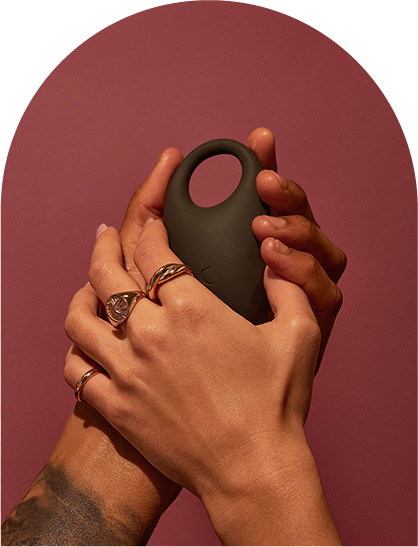Primary orgasmic dysfunction
Primary orgasmic dysfunction is when an individual has never achieved an orgasm. This is also sometimes referred to as anorgasmia. This excludes individuals who have never been sexually active, and refers to individuals who engage in sexual activity but cannot reach climax.
Secondary orgasmic dysfunction
Secondary orgasmic dysfunction is when an individual has achieved an orgasm but has difficulty experiencing one with most sexual activity. This type of dysfunction often benefits from longer foreplay, sex tools, or changing inhibitory environmental factors. This individual may have acquired anorgasmia from a disease process or surgery.
General orgasmic dysfunction
General orgasmic dysfunction is when an individual is unable to reach orgasm or arousal. This type is similar to primary, but refers to individuals who have taken measures for treatment or sex tool use and are still unable to reach climax.

















